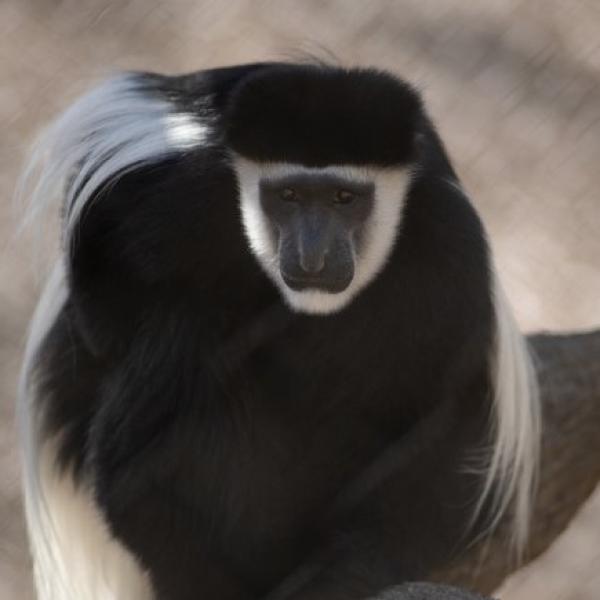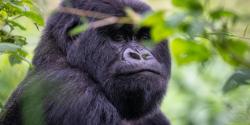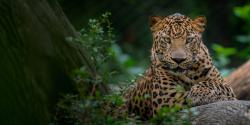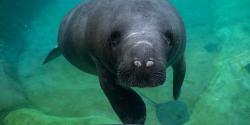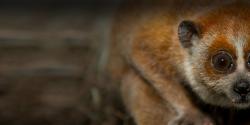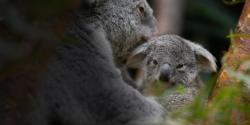Colobus comes from the Greek word kolobus, meaning "mutilated," which refers to the significantly reduced thumb on their hands. Their elongated fingers and hook-like grip helps colobus monkeys grip branches as they leap through trees.
This monkey species is also called the guereza, the black and white colobus, and the mantled colobus.
At the Columbus Zoo, we’re dedicated to the conservation of colobus, specifically through our participation in The Association of Zoos and Aquariums' (AZA) Saving Animals from Extinction (SAFE) program.
Scientific Name: Colobus guereza
Conservation Status: Least Concern
Size: 21 to 27 inches in length
Weight: Adults range from 17 to 30 pounds, with females generally being smaller

